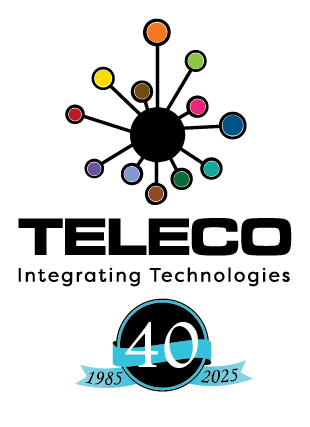We all use services every day and have been for many decades if not centuries. These services are not electronic. Obvious services such as hydro, water, natural gas and sewer we use all of the time and we pay a monthly recurring bill. We cannot afford or do not have the skills, at least in most cases, to provide these services ourselves so we rely on someone else. We also use services such as a mechanic, plumber, electrician, carpenter when we need them and pay for them when we need them.
Electronic services are the same. Most “as a service” tools in the electronic world fall into the monthly recurring model. We have a need that we either cannot afford or do not have the talent or knowledge to do it ourselves. Someone else has created a tool that meets our needs and has created a business model to sell it as a subscription. The bean counters at most businesses like OPEX rather than CAPEX so “as a Service” interests them. In other words, they do not like buying things and they would rather pay a monthly bill.
So say we have a need in our business to use a type of software. We have a few choices. One would be to use the model of purchasing software off the shelf and installing it on all the computers we have licences for. This works well in many cases and many software packages are very mature in their development and thus provide a good product. There are definitely many positive aspects to this model. Another model would be as you would expect “as a Service”. This provides some positive aspects to business. They are:
- access to the software from anywhere you have Internet access;
- use any computer and even your smartphone…staff can work from almost anywhere;
- no software upgrades on your computer…ever;
- you do not need to do backups…this is done for you;
- no servers or infrastructure capital costs.
Some drawbacks would be:
- no Internet…no software;
- can be more costly over a long time period;
- as an employee you can an work from almost anywhere;
- less control of your data.
What types of more common services are available and what do the acronyms stand for:
- SaaS – software as a service
- CaaS – connectivity as a service
- PaaS – platform as a service
- NaaS – network as a service
- IaaS – infrastructure as a service
The generic term is “cloud computing”. These are all related to each other but at different levels of service. So IaaS/NaaS provide the servers, storage, and network to name a few. PaaS providers offer databases, web server, development tools and so on. SaaS provide the user level applications such as email, customer relationship management tools, accounting, office app tools and many more. A customer can buy in at any level depending on their need and most will buy in at the SaaS level. If you are using Gmail, Hotmail, Yahoo mail or other web based email service then you are using SaaS for your email. If you have a need for a server and do not want to purchase your own hardware then you might buy in at the IaaS/NaaS level. There are many providers such as Linode, DigitalOcean, VPS.NET, rackspace and list goes on. Many of these providers call themselves a VPS (Virtual Private Server) provider. And then there is the 800 pound gorilla that is a provider at almost all the levels: Amazon Web Services. CaaS can be thought of as phone system in the cloud. That is, using VoIP (Voice over IP/Internet) phones and connecting to a phone system hosted by a CaaS provider.
Should you use “as a Service” provider? That will depend on a variety of parameters as partially addressed in the pros and cons above. If you are interested in pursuing “as a Service” tools give us a call at Teleco Landline and we can help you through the myriad of choices and focus on your needs.
